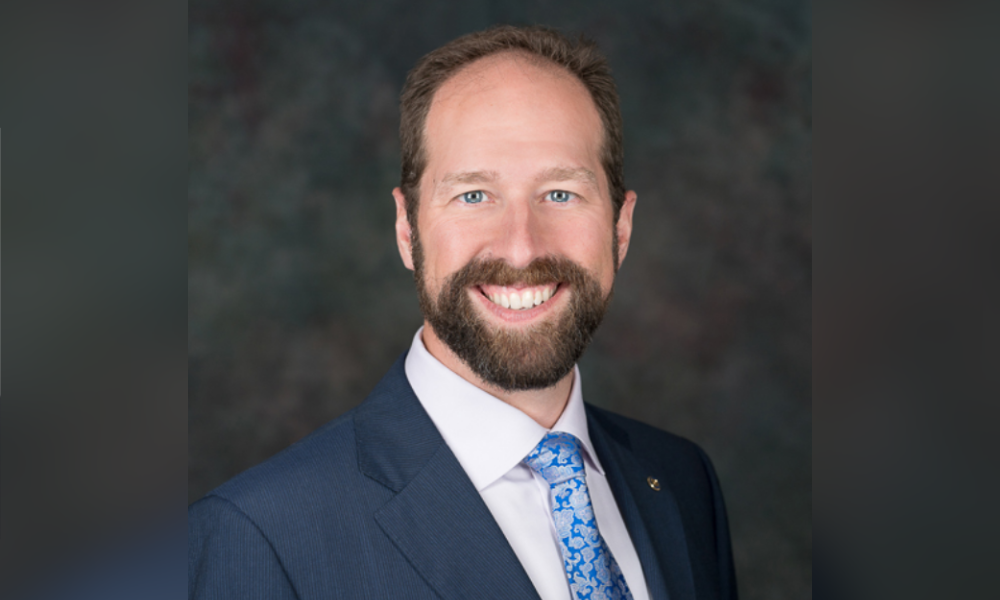

Personalized financial planning is no longer a value-add, it’s the baseline. But as client expectations climb, many firms are struggling to meet the demand without a repeatable structure. The result is often burnout behind the scenes and inconsistent outcomes for clients.
Surge meetings offer a reset. By anchoring each planning season around a single theme, advisors can meet with clarity, focus, and purpose. It’s a shift away from scattered, topic-jumping conversations toward deliberate, relationship-deepening work.
Micah Shilanski, Co-CEO at Shilanski & Associates, remembers when his own client meetings felt disjointed. “You’d meet with one client about one topic, another about something else. You’re kind of haphazardly giving advice,” he says.
Surge meetings changed that. Now, each one is part of a broader strategy. “It’s all about having a really in-depth process so you don’t miss the little things that make a big difference,” Shilanski explains.
Still, structure brings its own challenges. “I’ve never had anyone do surge meetings and say it didn’t work,” he says. “Now, do they come back and say, holy crap, this is a lot of work? Yes.”
That workload is one of the biggest pitfalls for firms trying to transition. Too many jump in trying to mimic advisors years ahead of them.
“You’re not there yet. You’re just not ready,” he says. “Implement surge so you can win, your team can win, your clients can win. And have small deliverables along the way.”
But shifting to surge isn’t just about calendars and checklists. It requires a mindset overhaul. Advisors who treat surge as a compressed version of traditional planning miss the point entirely.
“The biggest thing with surge meetings to make them valuable is themed meetings,” Shilanski explains.
Rather than jumping from estate planning to tax mitigation to cash flow in the same week, each surge round focuses on one major topic.
“Every two years we revisit every piece of our client’s financial plan,” he says. “When clients come in through the surge, what’s the one major thing we’re going to focus on?”
Themes might include reviewing tax returns, updating estate documents, or auditing insurance coverage. “We don’t take them all. You take one bite at a time, and we get all of our clients taken care of.”
For the model to work, clear expectations must be set upfront. “You think it's implicit, because this is what you do every single day. This is the first time a client's hired a financial advisor,” Shilanski says.
When expectations aren’t articulated, clients fill in the blanks themselves, often unrealistically. “If you don’t articulate that, you let the client set it. And now I don’t know what the client’s expectations are. How am I ever going to meet that?”
Even small details, like how fast an advisor responds to texts, can throw off the relationship if not discussed early.
“If a client’s used to texting and you don’t respond for a day, is the client going to be irritated?” he asks. “Versus if you set those expectations from the beginning.”
That clarity isn’t just about client experience. It’s about operational sanity. Switching gears between different planning topics all day takes a cognitive toll.
“If every meeting I’m going into is completely different from the next, I’m not focusing on my client. I’m not listening to what the client is saying,” he says.
With a systemized approach, the foundational work is already handled. That frees advisors to show up, listen, and engage fully. “That means consciously, I can be fully present with the client,” he adds.
The process is surgical in its intent. One meeting, one core deliverable. Other topics aren’t ignored, but one key issue gets resolved with precision. Over time, every element of the plan gets reviewed, just not all at once.
At its heart, Shilanski’s approach is about consistency. “Delivering massive value to your clients is a lot of work,” he says.
But it’s in the repetition. Meeting after meeting, surge after surge, excellence compounds. “Every surge you get a little better, you get a little better,” Shilanski stresses.
There’s no magic formula. Just a craft and a discipline that gets sharper over time. “If you’re not willing to evolve how you engage with clients, or if you want shortcuts, then surge isn’t for you,” he says. “It’s about delivering more value to those clients. And you don’t get that by winging it.”

A new analysis finds long-running fiscal woes coupled with impacts from the One Big Beautiful Bill Act stand to erode the major pillar for retirement income planning.

Caz Craffy, whom the Department of Justice hit with a 12-year prison term last year for defrauding grieving military families, has been officially exiled from the securities agency.

After years or decades spent building deep relationships with clients, experienced advisors' attention and intention must turn toward their spouses, children, and future generations.

The customer’s UBS financial advisor allegedly mishandled an options strategy called a collar, according to the client’s attorney.

An expansion to a 2017 TCJA provision, a permanent increase to the standard deduction, and additional incentives for non-itemizers add new twists to the donate-or-wait decision.
Orion's Tom Wilson on delivering coordinated, high-touch service in a world where returns alone no longer set you apart.
Barely a decade old, registered index-linked annuities have quickly surged in popularity, thanks to their unique blend of protection and growth potential—an appealing option for investors looking to chart a steadier course through today's choppy market waters, says Myles Lambert, Brighthouse Financial.
